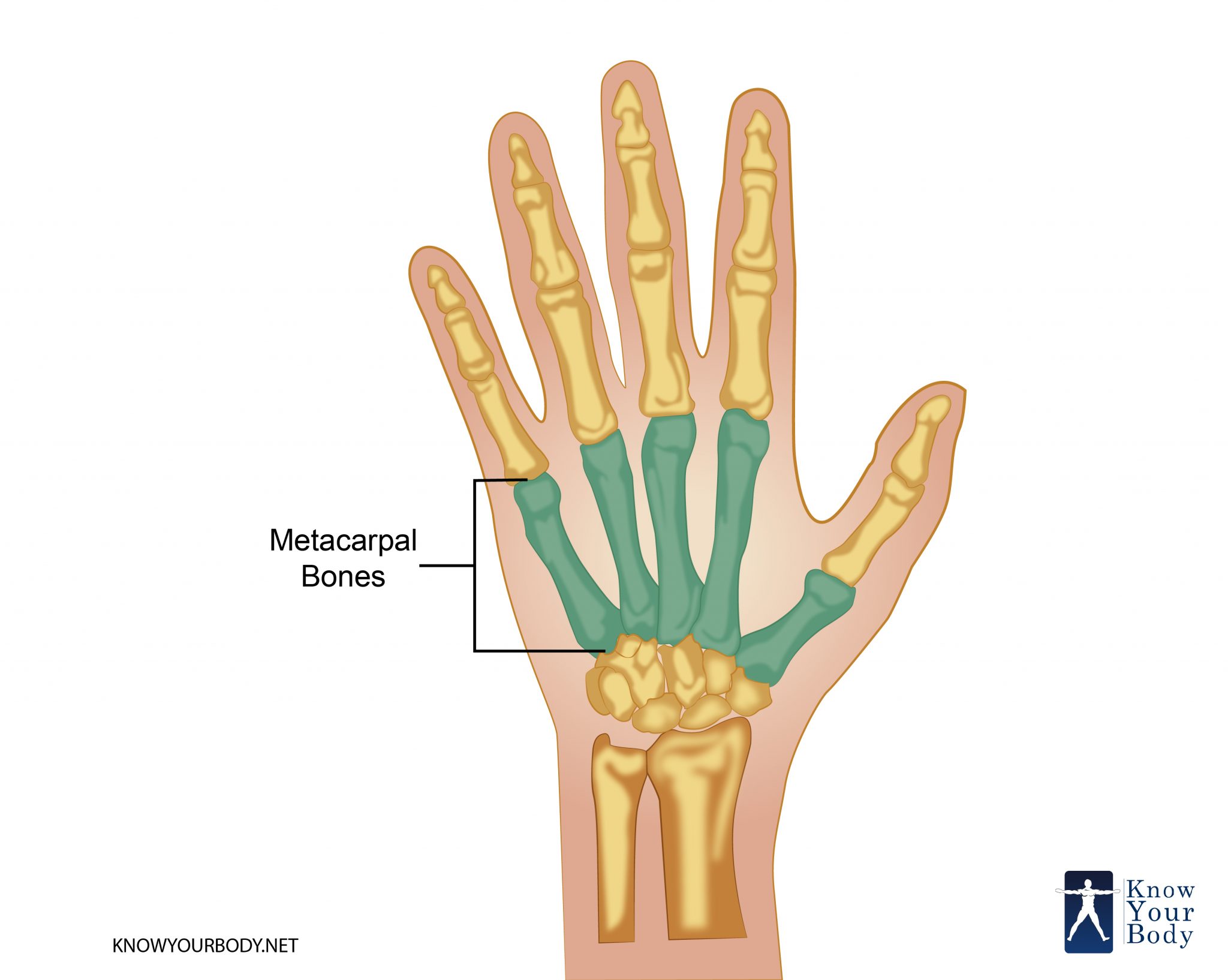

If the injury resulted in more than 30 degrees of angulation, closed reduction may be required. This positioning protects the range of movement and normal function due to a decrease in the risk of ligament shortening. When splinting it is important to have slight wrist extension, MCP joint flexed approximately 70 – 90 degrees, the PIP and DIP mildly flexed. If the injury is closed, and there are no signs of angulation, malrotation, or displacement immobilization with a splint can be considered. Treatment will depend on the degree of angulation, opened versus closed wound, and if there is malrotation. Normally angulation of the metacarpal head to the neck is approximately 15 degrees. A lateral view is required to determine the degree of angulation. X-rays in the anteroposterior, lateral and oblique views are usually ordered to assess the severity of the injury. Imaging studies (X-rays) are required to confirm the diagnosis, along with history and physical examination. Malrotation would be suspected if the fifth finger does not converge with the others when drawing lines along with the digits. The latter can be tested by examining the hand with the metacarpophalangeal (MCP) joint and proximal interphalangeal (PIP) joint flexed and the distal interphalangeal (DIP) joints extended.
#METACARPAL FRACTURE SKIN#
On physical examination it is important to carefully inspect the skin for any break perform a detailed neurovascular examination to assess sensation, motor function, and blood flow and assessment of rotational alignment which is very important in determining management. Signs and symptoms of a fifth metatarsal fracture include pain with increased intensity at the site of injury, bruising, swelling, shortened fingers, and deformities loss of knuckle contour. Once fractured, angulation might be noted, this results in part to the forces exerted at the metatarsal bones by the interosseous muscles. If the cause of injury is a direct blow to a clenched fist, the most commonly affected location is the neck of the metatarsal bone, but may happen at any other part of the bone. Increase incidence is observed in males compared to females. Possible causes of fifth metacarpal fracture include punching with a clenched fist (most common cause), blunt force trauma, or crush injuries. The most commonly affected bone is the fifth metatarsal, known as street fighter's boxer fracture, which is connected to the fifth digit (small finger). These bones are made up of a head, neck, body, and base. Metacarpal fractures, result from trauma to the bones located in the palms (Metacarpal bones).


 0 kommentar(er)
0 kommentar(er)
